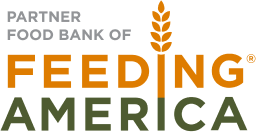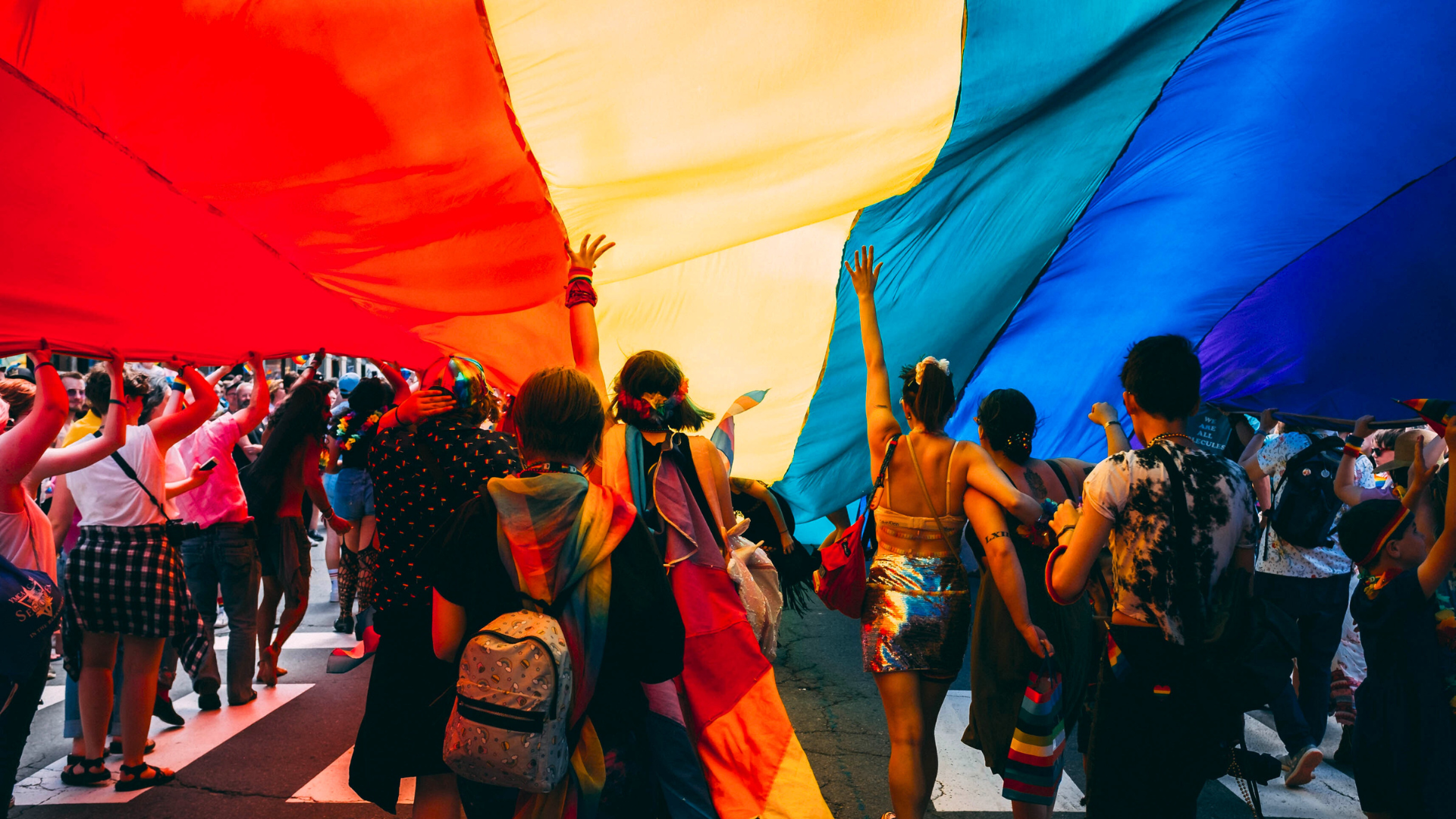Making Resources LGBTQIA+ Friendly
By Mary Beringer, Grant Coordinator
June is LGBTQIA+ Pride Month, a time for celebrating the diverse and beautiful ways people love and live in our communities. It is a reminder that LGBTQIA+ people have always existed and will always exist, in all communities. The idea of a queer community may bring to mind images of cities like New York or Los Angeles, but there is a rainbow of people everywhere, from the rural South to Dayton, Ohio. That is a fundamental truth of life. Another fundamental truth, at least in America, is that LGBTQIA+ people are disproportionately likely to be in need of aid.
According to a 2021 Household Pulse Survey, over 13% of LGBTQIA+ adults had experienced food insecurity in the last seven days, compared to 7.2% of non-LGBTQIA+ adults. Homelessness is also much more prevalent among young queer populations, especially trans women of color. The fact that LGBTQIA+ people are often ostracized by their family and support networks means that they are especially vulnerable.
It is vital to make sure that community resources are LGBTQIA+ friendly, so that people who need those resources feel comfortable using them. What follows are some tips from our team to help make sure your organization is equipped to welcome everyone this Pride Month and year-round.
It starts with your team.
The first step in making your resources appealing to any LGBTQIA+ neighbors is to make sure you are welcoming any non-cisgender or non-heterosexual people on your staff. Contrary to the popular theory of “gaydar”, there is no way to visually tell if someone is a part of the LGBTQIA+ community. Anyone on your staff could be going through the day feeling like they need to hide a part of themselves. It is up to each individual person when they feel ready to come out, and to whom, but organizations can make things easier by making it clear that staff members of all identities are welcomed and accepted in the workplace, including volunteers. If a queer person is anxious and embarrassed about coming to a food pantry for the first time, they would likely find some comfort in speaking to an employee who is proudly wearing a rainbow pin, or overhearing a volunteer talk about what she and her wife are doing for their anniversary. Creating a welcoming environment leads to subtle but significant signals that will be recognized and appreciated by the people who most need them.
Your default may hurt someone’s feelings.
We all have habits, ways we’ve been doing things and treating people for probably our entire lives. Often, they are things that we were taught to be polite when we were young. However, it is important to remember that some of these habits may hurt people. For example, think about the instinct to call everyone “Ma’am” or “Sir”. To many, this is just basic politeness. However, to a transgender person, this may be a hurtful reminder that they do not “pass” as their identified gender. It could also be unpleasant for a woman who doesn’t consider herself old enough to be “Ma’am” or to lots of other people for any number of reasons. This is just one example, but consider how other things, like assuming a man and a woman who come together are married, or assuming that a woman wearing a wedding band is married to a man, could impact not just your LGBTQIA+ neighbors, but everyone.
Make an effort with pronouns.
Did you know that the singular “they” pronoun has been around for centuries? Even Shakespeare used it! It may feel like a lot to remember everyone’s individual pronouns, but is it really so different from remembering someone’s first and last name? What about their favorite color, or their food allergy? We remember important details about the people we care about, and someone’s pronouns can be a vital part of their identity. Consider adding pronouns reminders to your regular work routine, by including them in your email signature or mentioning them when introducing yourself. The important part is just to make an effort to remember how someone wants to be addressed. But remember…
It’s okay to make mistakes.
Most LGBTQIA+ people will be perfectly understanding if you make an honest mistake and forget someone’s pronouns, or accidentally say something that might be a little hurtful. All that needs to happen is an apology, a correction, and a genuine effort to improve next time. It can be as simple as “He- Sorry, I meant ‘she’ -said she would come by later.” Queer people know that adapting can be challenging, but they’ve had to adapt their entire life around a series of challenges. By coming out to you, an LGBTQIA+ person is showing you that they trust you and feel safe with you. Make an honest effort not to violate that trust, and they will know you are supportive.
Show you care.
You don’t have to have the Progress Flag waving from your rooftop, but there are some simple signals you can give to let LGBTQIA+ people know that your organization is a safe place. A simple rainbow sticker on your door or bulletin board, or a clearly visible diversity statement would go a long way. Promoting Pride Month on social media can also help but remember to advocate for the LGBTQIA+ community year-round, not just in June.
Sources:
“11 Simple Ways Anyone Can Be LGBTQ-Inclusive at Work.” The Muse, www.themuse.com/advice/simple-ways-make-workplace-more-lgbtq-inclusive.
“LGBTQ Adults Are Facing Hunger at Almost Twice the Rate as Others, New Data Shows.” NPR.org, www.npr.org/2021/08/12/1027108198/lgbtq-adults-are-facing-hunger-at-almost-twice-the-rate-as-others-new-data-shows.
UCLA. “Homelessness among LGBT Adults in the US.” Williams Institute, May 2020, williamsinstitute.law.ucla.edu/publications/lgbt-homelessness-us/.





No comment yet, add your voice below!